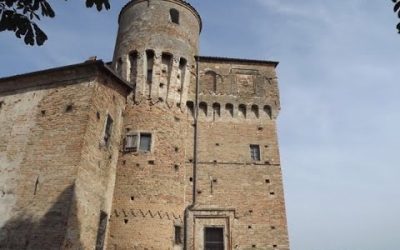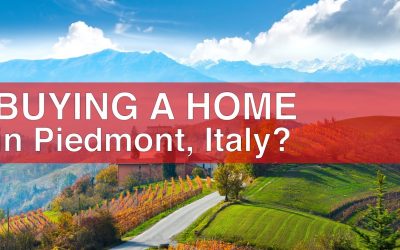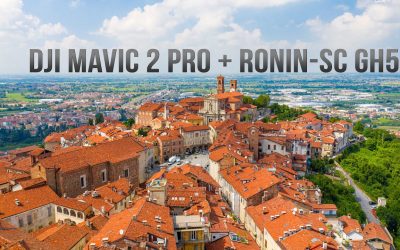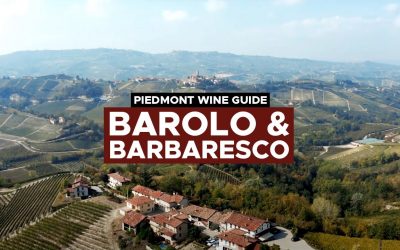What are the 11 towns of Barolo?
Barolo, an iconic wine of Italy, originates from 11 communes within the Langhe region of Piedmont. The communes are Barolo, Castiglione Falletto, Serralunga d’Alba, Cherasco, Diano d’Alba, Grinzane Cavour, La Morra, Monforte d’Alba, Novello, Roddi, and Verduno. The Barolo heartland, however, revolves around five key communes: Barolo, La Morra, Castiglione Falletto, Serralunga d’Alba, and Monforte d’Alba.
The terroir varies considerably between these communes, reflecting in the distinctive profiles of the wines they produce. For instance, Barolo wines are lighter in color with pronounced tannins and high acidity, La Morra produces elegant, early-maturing wines, and Serralunga d’Alba is known for its robust and long-lived Barolos.
Barbaresco, another renowned wine, is produced in the neighboring region, primarily within the communes of Barbaresco, Neive, Treiso, and San Rocco Seno d’Elvio. The Langhe area is an intricate mosaic of microclimates and soil compositions, which is why I recommend using a detailed wine map for a complete understanding of this intricate terroir tapestry. These maps often provide not only the boundaries of the communes but also detail individual vineyards, offering a comprehensive view of the region.
What are the 11 towns of Barolo?
The Langhe area is generally divided into two main parts: the Barolo area and the Barbaresco area. These communes are spread out across a wide hilly area, with the Tanaro River forming a boundary to the north and east. The area is characterized by its calcareous-clay soils, which contribute to the distinctive flavor of Barolo wines. The Barbaresco area, which is smaller and located to the northeast, is centered around the communes of Barbaresco, Neive, and Treiso. Where can I drink Barolo in Italy?
One unique characteristic of Barolo is its remarkable DOCG (Denominazione di Origine Controllata e Garantita) region, which encompasses 11 picturesque villages: Barolo, Castiglione Falletto, Serralunga d’Alba, Cherasco, Diano d’Alba, Grinzane Cavour, La Morra, Monforte d’Alba, Novello, Roddi, and Verduno. Each of these villages contributes its distinct charm and winemaking style to the acclaimed Barolo wine, offering a diverse spectrum of flavors and profiles for wine enthusiasts to explore.
| Barolo 🍷 | La Morra 🌳 | Castiglione Falletto 🏰 |
|---|---|---|
| Visit the historic Castello Falletti, housing the Regional Enoteca and the WiMu – Wine Museum. | Experience the panoramic views of the Langhe hills from the terrace of the town church. | Explore the medieval castle that stands tall over the vineyards. |
| Take a scenic vineyard walk through the stunning countryside. | Attend a wine tasting in one of the numerous local cantinas. | Visit local wineries for a unique insight into their winemaking process. |
| Indulge in a wine tasting experience at renowned local wineries. | Hike to the iconic cedar of Lebanon, the symbol of La Morra. | Dine at a local trattoria for a taste of traditional Piedmont cuisine. |
| Serralunga d’Alba 🏞️ | Monforte d’Alba 🍇 | Novello 🏞️ |
|---|---|---|
| Visit the majestic 14th-century Serralunga Castle. | Explore the charming historic center with its medieval amphitheater. | Visit the Novello Castle for its stunning views and rich history. |
| Taste the rich Barolo wines at local wineries. | Attend a wine tasting at a local enoteca. | Explore the beautiful landscapes through scenic walking trails. |
| Take a walk through the vineyards for a serene experience. | Visit the Church of Madonna della Neve for its unique architectural style. | Attend a wine tasting experience at the local wineries. |
| Verduno 🏰 | Grinzane Cavour 🍷 | Roddi 🍄 |
|---|---|---|
| Visit the Verduno Castle, known for its stunning views. | Visit the historic Grinzane Cavour Castle, home to a regional wine shop and the ethnographic museum. | Explore the majestic Roddi Castle and its fascinating truffle museum. |
| Experience the unique wine tasting sessions at local cantinas. | Experience a wine tasting session at the Regional Enoteca. | Attend a truffle hunting experience in the local woods. |
| Enjoy a leisurely walk in the peaceful countryside. | Take a guided tour of the castle for a deeper understanding of its history. | Experience the authentic local cuisine at a traditional osteria. |
| Cherasco 🐌 | Diano d’Alba 🌄 |
|---|---|
| Visit the historic center known for its well-preserved medieval architecture. | Explore the scenic hiking trails for breathtaking views of the region. |
| Enjoy a snail tasting experience, a local delicacy. | Visit the Church of San Giovanni Battista for its historic relevance. |
| Explore the local art galleries to get a glimpse of the regional art scene. | Enjoy a wine tasting session at one of the local cantinas. |
Barolo Map

Barolo, an iconic wine of Italy, originates from 11 communes within the Langhe region of Piedmont. The communes are Barolo, Castiglione Falletto, Serralunga d’Alba, Cherasco, Diano d’Alba, Grinzane Cavour, La Morra, Monforte d’Alba, Novello, Roddi, and Verduno. The Barolo heartland, however, revolves around five key communes: Barolo, La Morra, Castiglione Falletto, Serralunga d’Alba, and Monforte d’Alba. But what is The Origin and Geography of Barolo
The terroir varies considerably between these communes, reflecting in the distinctive profiles of the wines they produce. For instance, Barolo wines are lighter in color with pronounced tannins and high acidity, La Morra produces elegant, early-maturing wines, and Serralunga d’Alba is known for its robust and long-lived Barolos. Barbaresco, another renowned wine, is produced in the neighboring region, primarily within the communes of Barbaresco, Neive, Treiso, and San Rocco Seno d’Elvio.
The Langhe area is an intricate mosaic of microclimates and soil compositions, which is why I recommend using a detailed wine map for a complete understanding of this intricate terroir tapestry. These maps often provide not only the boundaries of the communes but also detail individual vineyards, offering a comprehensive view of the region. What is Barolo: Its Speciality, Comparisons, and Characteristics
The Picturesque Town of Barolo, Italy

Barolo: Known for its light-colored wines with strong tannins, high acidity, and intense aromas of roses and red fruits.
La Morra: The largest Barolo production area, La Morra wines are usually less tannic and more elegant and perfumed than other Barolos, with a characteristic softness and early maturity.
Castiglione Falletto: It is in the heart of the Barolo area. The wines are balanced between the elegance of Barolo and La Morra and the robustness of Serralunga and Monforte.
Serralunga d’Alba: The wines from this commune are robust, rich, and long-lived, with strong tannins and rich fruit.
Monforte d’Alba: Produces Barolo wines similar to Serralunga, robust and powerful.
And for the four communes of Barbaresco:
Barbaresco: Known for producing elegant wines with high tannins and acidity and notes of cherries, truffles, and fennel.
Neive: Wines from Neive are often powerful and robust, yet refined with excellent aging potential.
Treiso: The wines here are usually fresh and elegant, with lively acidity and floral aromas.
San Rocco Seno d’Elvio: This is a small fraction of the Alba municipality that has been recognized as a separate area within the Barbaresco DOCG. The wines from this area tend to be elegant and balanced.





